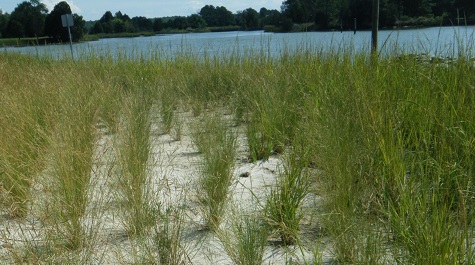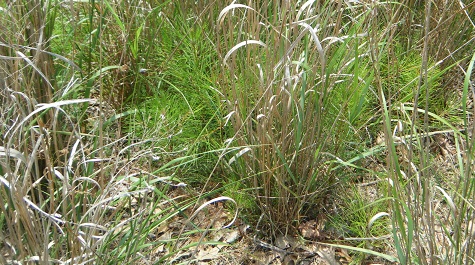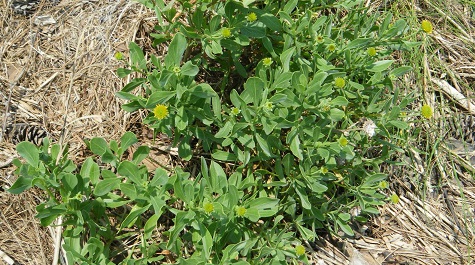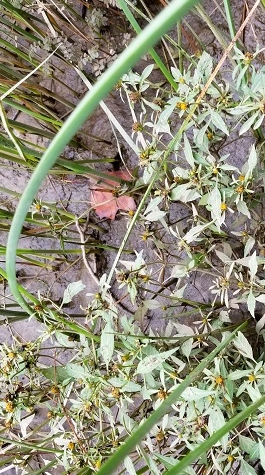Living Shoreline Vegetation
Dense vegetation is the foundation for most living shoreline projects. Look at native vegetation communities in the project vicinity to see what plants are adapted to local soil, salinity, wind, and tidal flooding conditions.
Only some vegetation needs to be planted during construction. The first introduced plants are usually hardy and fast-growing, particularly grasses with deep, dense roots and rhizomes for stability and sediment trapping.
Living shoreline vegetation areas are dynamic. The planted vegetation will spread and occupy suitable areas based on tide range and other factors. New vegetation appears and grows over time from the local seed bank and natural seed dispersal. Some planted areas may lose vegetation cover over time.
Regular monitoring and maintenance of living shoreline vegetation is necessary. Occasional pruning to maintain adequate sunlight may be required. Remove excessive amounts of organic and storm debris if it smothers and kills desirable vegetation. Invasive vegetation is easiest to control when caught early.
Responsible parties for plant installation, monitoring, and maintenance need to be identified early in the process. Materials and access for temporary irrigation, grazing protection, and mowing protection might be necessary.
Incorporate property owner’s landscape aesthetics, land uses, and recreation activities. Acceptance and appreciation by the property owner for living shoreline vegetation is an important consideration when selecting and designing living shoreline vegetation areas.
How to Select Living Shoreline Vegetation
- See Native Plants & Habitats in Coastal Virginia
- Look at tidal and non-tidal wetlands in local project vicinity
AdaptVA Interactive Map - select Natural Resources - Identify local shoreline trees and shrubs with help from the Virginia Department of Forestry
Common Native Shrubs and Woody Vines of Virginia (pdf)
Common Native Trees of Virginia (pdf)




